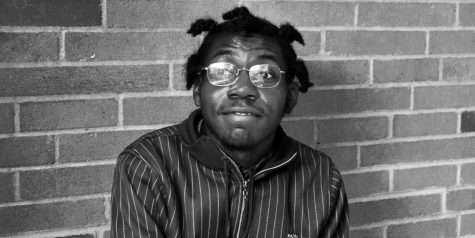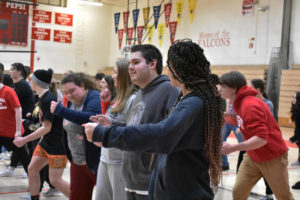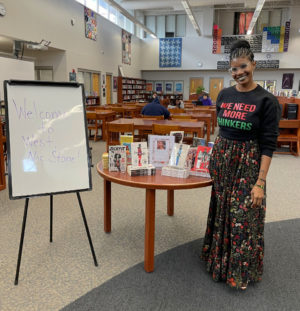Catastrophically cautious cuts
The effect of Davenport Community School District’s cuts on the community
Graphic made with Piktochart by Joseph Potts
The Davenport Community School District is facing a mandatory $13 million cut enforced by the state government.
January 11, 2019
On Nov. 29, the Davenport School Board agreed to a two-year budget plan to remove 83 positions and cut $13 million for the 2019-2020 school year. The district was hoping to have to make less cuts due to retirements and attrition. Thirty-one teachers have taken the early retirement incentive, however, which means more cuts will come. Now the school board is under scrutiny over this issue and are scrambling to find ways to fix it. They are working with the Davenport Education Association (DEA), a teacher union for Davenport Community School District (DCSD), to find alternative solutions.
The school board needed to have a two-year plan in order to balance the budget. This plan needed to be turned in to the state by Nov. 29. The issue was the result of the former superintendent, Dr. Art Tate, overspending money from the district’s cash reserve funds to provide more per pupil funds. Since this event, the state’s School Budget Review Committee (SBRC) has been trying to put the budget back on track, and several budget plans have been presented to the SBRC.
The budget plan stated that there will be multiple cuts in different aspects of the Davenport educational system. In the certified staff section, 83 positions will be cut next year, which will free up almost $1 million in the budget.
According to interim superintendent Anthony “TJ” Schneckloth, 88 percent of the budget plan includes the people who work for the district. Schneckloth said that this made decisions difficult for the school board because even though they do not want to remove positions from staff members, they will inevitably be affected by these changes.
“No one wants to see teachers be laid off, but we’re just in an unfortunate reality that difficult decisions have to be made. The school district is working with the DEA to try to minimize the effects of the budget reductions on the classroom, but we still will be left with tough cuts,” speech teacher Maggie Rietz said.
The DEA supports public education and equality for all of Iowa’s students and teachers. Any teacher can be a part of the union at any time. The union can help negotiate contracts by making sure the agreements are met, helping elect pro-public education candidates, supporting teachers by speaking up for them, and representing teachers in issues regarding disciplinary issues or the current situation with the budget cuts.
Teachers with low district seniority are going to be impacted the most because the layoffs made by the district are determined by seniority. The DEA is hoping that most of these cuts are able to be made by teachers retiring or people leaving to go to other districts prior to the layoffs.
“The district administration and the DEA are consulting one another on a daily basis to try to come up with appropriate reductions and will offer alternative solutions as they arise,” Rietz said. “Also, the DEA is hiring an ad hoc consultant [in addition to the Iowa State Education Association UniServ Director] to assist the DEA in ensuring the bumping/layoff/recall process is done correctly in accordance with the master contract.”
The cuts could impact the community greatly. Principal Cory Williams said that though there are areas in the community that could be fixed, she doesn’t wish for anybody to be fired.
“Anytime that cuts come into the building and directly affect kids, that’s what bothers me,” Williams said. ”Some of our cuts make sense, some of them don’t. I’m never for increasing class sizes and not running certain classes.”
Williams said her biggest concern is that class sizes could be too big for some teachers to handle.
“Having small class sizes is good for everybody, putting 30 or 28 kids in a classroom is never a good idea,” Williams said.







